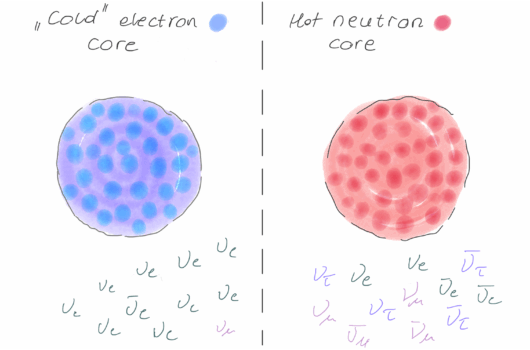Scaling relations in the phase-space structure of dark matter haloes
Scaling relations in the phase-space structure of dark matter haloes
View
Abstract
We present new scaling relations for the isotropic phase-space distribution functions (DFs) and energy distributions of simulated dark matter haloes. These relations are inspired by those for the singular isothermal sphere with density profile ![]() , for which the DF satisfies
, for which the DF satisfies ![]() and the energy distribution satisfies
and the energy distribution satisfies ![]() , with
, with ![]() being the radius where the gravitational potential equals energy
being the radius where the gravitational potential equals energy ![]() . For the simulated haloes, we find
. For the simulated haloes, we find ![]() and
and ![]() across broad energy ranges. In addition, the proportionality coefficients depend on the gravitational constant and the parameters of the best-fitting Navarro–Frenk–White density profile. These scaling relations are satisfied by haloes over a wide mass range and provide an efficient method to approximate their DFs and energy distributions. Understanding the origin of these relations may shed more light on halo formation.
across broad energy ranges. In addition, the proportionality coefficients depend on the gravitational constant and the parameters of the best-fitting Navarro–Frenk–White density profile. These scaling relations are satisfied by haloes over a wide mass range and provide an efficient method to approximate their DFs and energy distributions. Understanding the origin of these relations may shed more light on halo formation.




